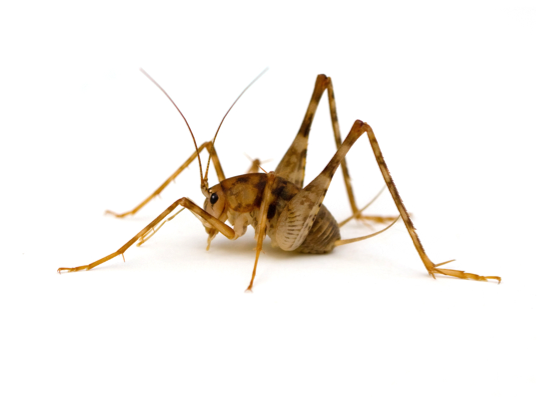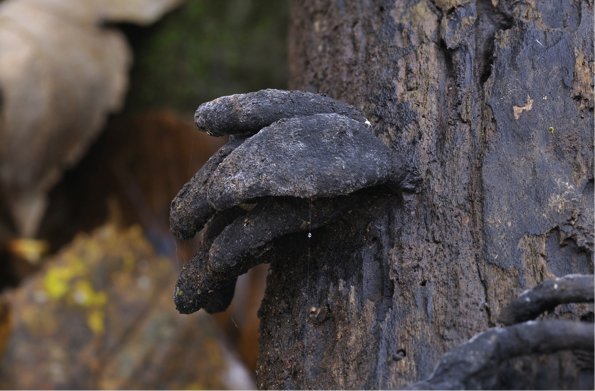The Nasty Effects of a Poor Clean-Up: When Flood Water Damages a Basement
Water and fire damage are terrible for any homeowner to have to deal with. The only way to properly clean such damage is by calling in the professionals. Restoration experts strip the room or home from the damage caused by water or smoke, leaving the area as if nothing happened.
Water damage can result in more than just warped furniture and a musty smell in the basement. Large amounts of water in the basement can affect everything from the carpeting to the drywall and. It doesn’t stop there. The following issues can occur when a basement or room is not properly cleaned after a ruptured pipe, sewage backup, or plumbing leak.

Mold growth.
Anytime water collects in a moist area like a basement, the biggest threat is the growth of mold that can occur in what seems like no time at all. Basements themselves are damp underground spaces that already have issues staying dry.
A dehumidifier can only do so much after water damage from a flooded basement occurs. Professional restoration experts use their industrial-quality products and dryers to extract the water and dry the area affected by a flood.
Breathing in mold is extremely harmful to pets and humans; therefore, it’s crucial to have these areas professionally cleaned as soon as possible following water damage. Letting water stand in these areas brings moisture to the air that is sopped up by the baseboards, drywall, furniture, and carpeting. Because this water is trapped, it allows for mold spores to produce and multiply at an uncontrollable rate. The only way to remove this mold properly is by contacting restoration experts that can handle the water damage as well as strip the mold from the area.

Camel Crickets
When basements are not properly dried after a flood, unwanted houseguests move in and take over. Camel crickets, also known as Rhaphidophoridae, are small creatures that appear like a hybrid of a cricket, spider, and bee. Thankfully they are completely harmless to pets and humans. These critters live in damp areas, rotten logs, stones, and under boards. This is why they call basements home after a flood or other water damage.

Fungus growth.
Dead man’s fingers or Xylaria polymorpha is a common fungus that can take root in basements after significant water damage. Unfinished basements are more susceptible to this fungus growth because the fungus usually takes root on old wood or wood-like materials. These buggers take the shape of fingers protruding out of the ground, hence the interesting name “dead man’s fingers.” These growths should be removed from the water-damaged area. If conditions persist and the fungal growth comes back, contact a restoration expert to properly clean out the area and ensure that the room is dry. Drier conditions make it difficult for the fungus to survive.
To learn more, read these basement flooding cleanups and take control of any leaks or unclean flooded rooms in your home.














